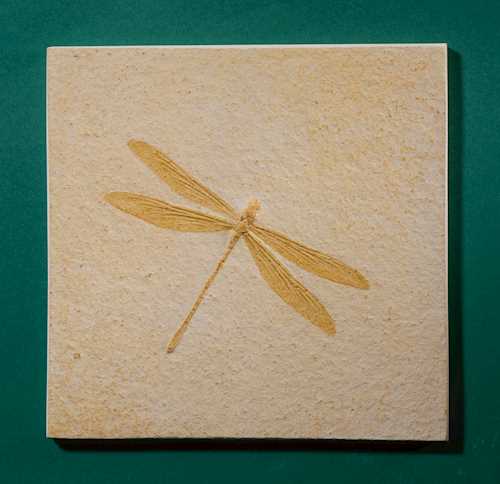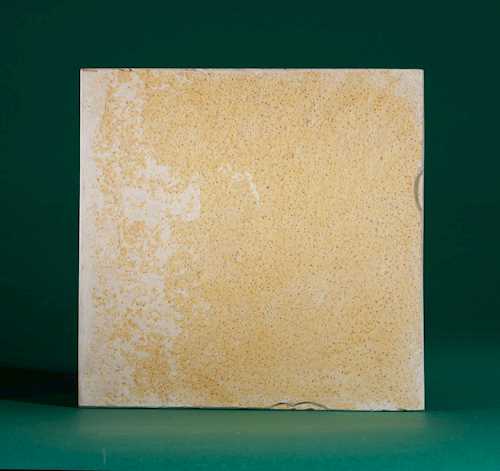
Lotto 4003* - A211 Out of This World - martedì, 03. dicembre 2024, 17h00
FOSSIL DRAGONFLY
Stenophlebia latreilli
Circa 151 million years
Eichstätt / Altmühltal, Bavaria, Germany
18.2 × 18.3 × 0.7 cm
Circa 151 million years
Eichstätt / Altmühltal, Bavaria, Germany
18.2 × 18.3 × 0.7 cm
Stenophlebia is an extinct genus of dragonfly from the late Jurassic and early Cretaceous periods. The family of dragonflies were some of the first winged insects to evolve over 300 million years ago. This is why today’s dragonflies are described as living fossils.
152 million years ago, in what is now south-central Germany, a cluster of islands and shallow marine lagoons were home to these insects and many other prehistoric animals like shrimp, fish, jellies and horseshoe crabs. Routinely, the small lagoons and intertidal pools of these areas between Laurasia and Gondwanaland would dry up, to expose sticky, anaerobic mud: a perfect medium for trapping and preserving records of this diverse Jurassic ecosystem.
Today, the limestone found in Solnhofen / Eichstätt, Bavaria, is ideal for fabricating lithographic plates and, as evidenced by this beautifully preserved Stenophlebia specimen, producing highly detailed imprints of soft-bodied organisms.
Fossils of dragonflies with perfectly spread wings, like the one presented here, are nonetheless very rare. Usually, their fragile wings are folded backwards, and due to overlapping not all four wings are visible. This specimen, however, was perfectly preserved.
152 million years ago, in what is now south-central Germany, a cluster of islands and shallow marine lagoons were home to these insects and many other prehistoric animals like shrimp, fish, jellies and horseshoe crabs. Routinely, the small lagoons and intertidal pools of these areas between Laurasia and Gondwanaland would dry up, to expose sticky, anaerobic mud: a perfect medium for trapping and preserving records of this diverse Jurassic ecosystem.
Today, the limestone found in Solnhofen / Eichstätt, Bavaria, is ideal for fabricating lithographic plates and, as evidenced by this beautifully preserved Stenophlebia specimen, producing highly detailed imprints of soft-bodied organisms.
Fossils of dragonflies with perfectly spread wings, like the one presented here, are nonetheless very rare. Usually, their fragile wings are folded backwards, and due to overlapping not all four wings are visible. This specimen, however, was perfectly preserved.
CHF 2 500 / 5 000 | (€ 2 580 / 5 150)



